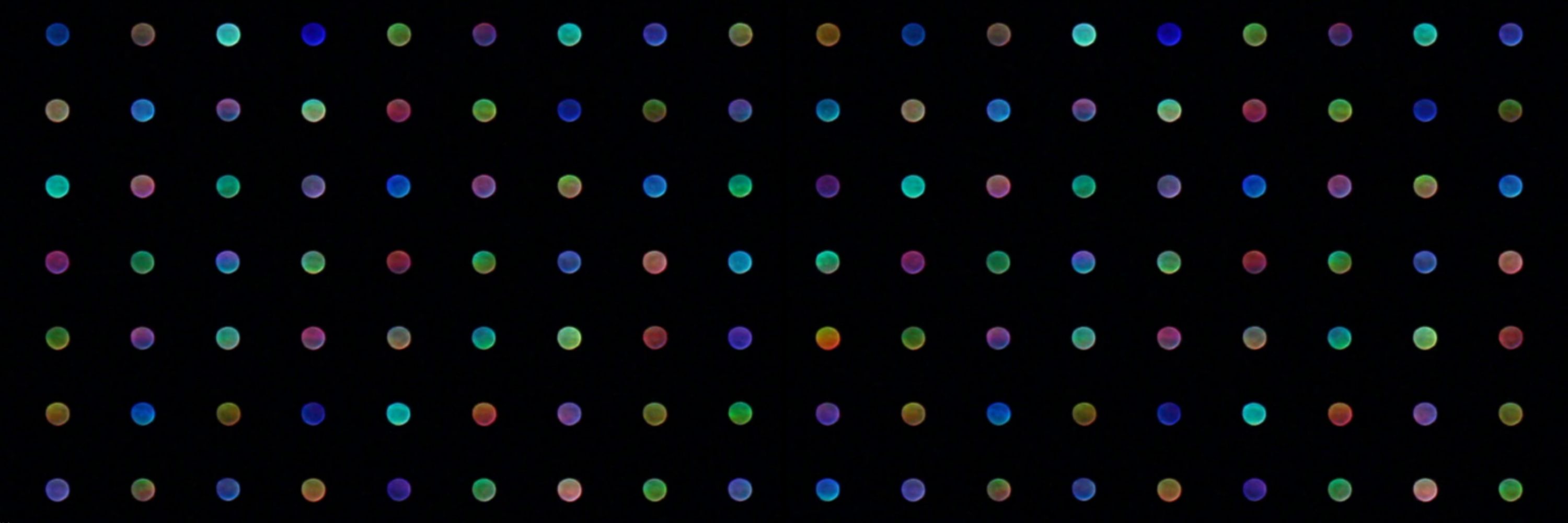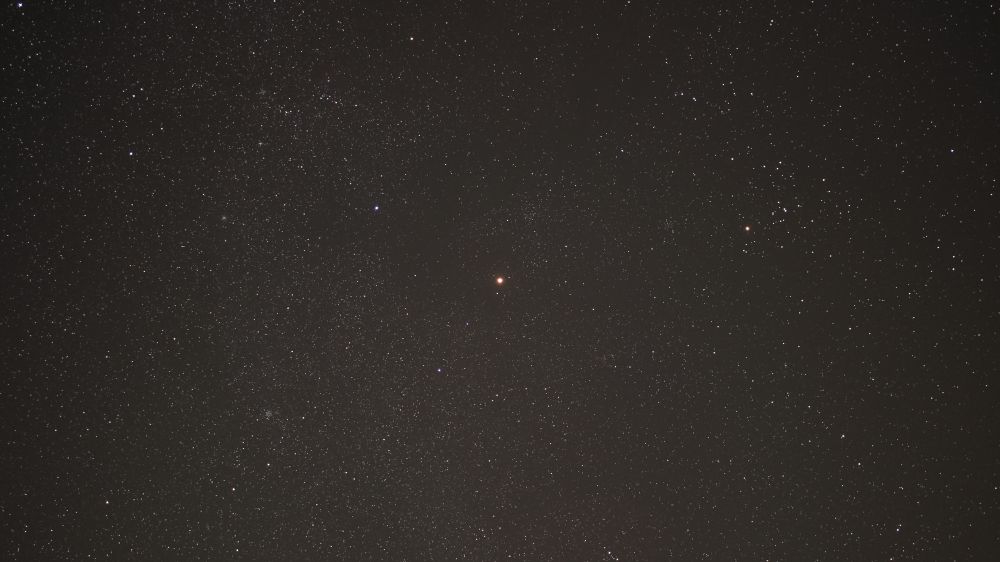Steve Brown - astronomy and astrophotography
@sjbastro.bsky.social
3K followers
860 following
1.6K posts
Amateur astronomer and astrophotographer, including Sirius, meteors, noctilucent clouds and aurora. Articles and pictures published in books and magazines. Been on TV and radio talking about astronomy. Always need more sleep.
Posts
Media
Videos
Starter Packs
Reposted by Steve Brown - astronomy and astrophotography
Reposted by Steve Brown - astronomy and astrophotography
Reposted by Steve Brown - astronomy and astrophotography
Reposted by Steve Brown - astronomy and astrophotography
Reposted by Steve Brown - astronomy and astrophotography
Reposted by Steve Brown - astronomy and astrophotography
Reposted by Steve Brown - astronomy and astrophotography























